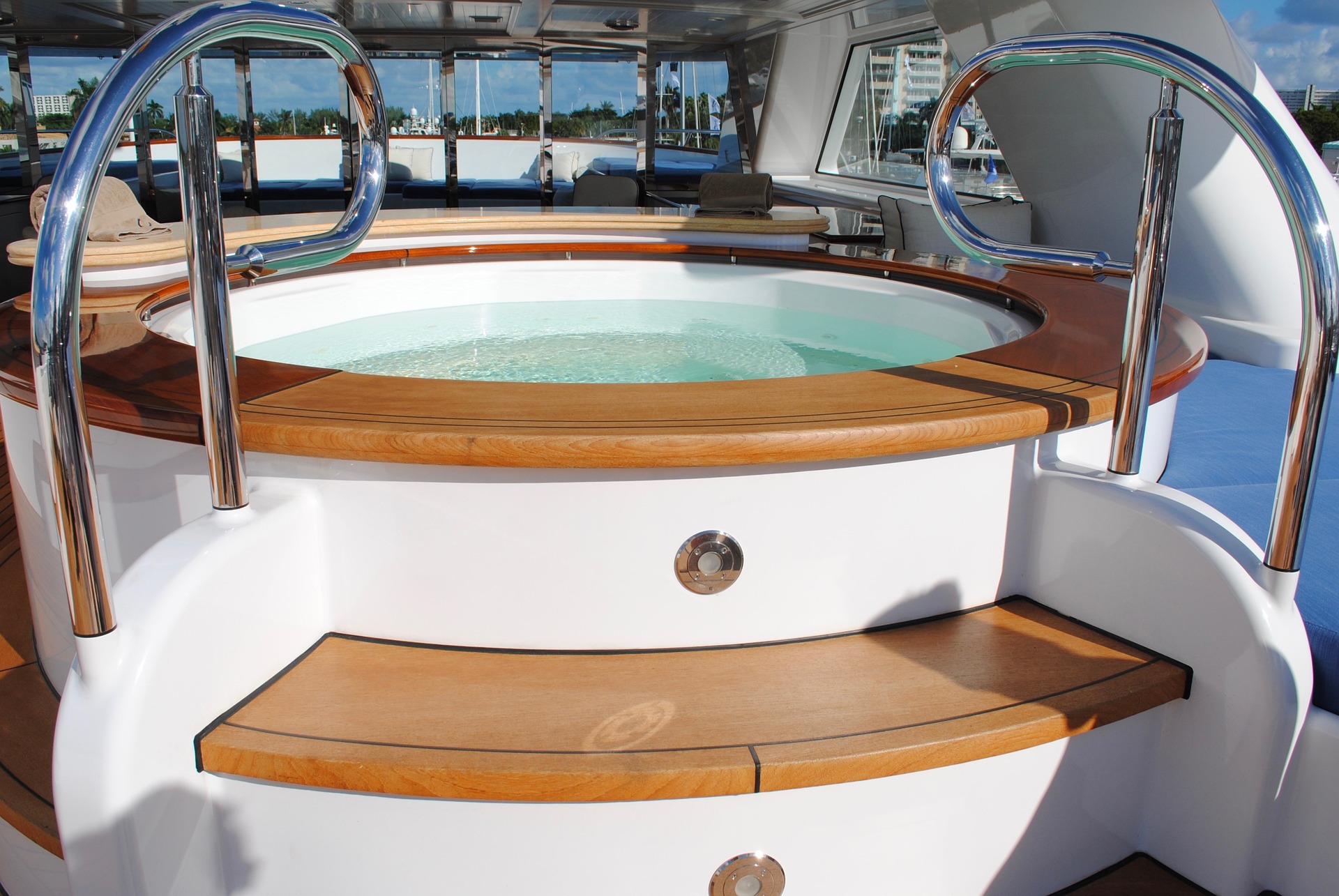Turning the Tides: How Waterfront Properties are Shaping the Real Estate Market
Introduction: Waterfront properties have long been considered the epitome of luxury. However, in recent years, their appeal has grown, affecting not only the luxury market but also the broader real estate sector. This article delves into the rise of waterfront properties and how they are shaping current real estate trends.
Riding the Wave: Historical Context and Key Developments
Waterfront properties have always held a certain allure, but their value has skyrocketed in the last few decades. Initially, these properties were primarily seen as vacation homes or status symbols for the affluent. However, changing lifestyle preferences and the increasing importance of wellness and nature in people’s lives have broadened the market considerably.
Current Market Trends and Analysis
The demand for waterfront properties has surged in recent years, particularly in the wake of the COVID-19 pandemic. People are increasingly prioritizing space, tranquility, and natural beauty in their home choices. This shift has led to an unprecedented rise in waterfront property prices and a decrease in supply.
Advantages and Challenges of Investing in Waterfront Properties
Investing in waterfront properties can yield significant returns due to their high demand and limited supply. They also offer a unique lifestyle that many homebuyers are willing to pay a premium for. However, these properties also come with challenges, including higher insurance costs, susceptibility to weather-related damage, and stricter environmental regulations.
Impact on Buyers, Sellers, and Investors
The rise of waterfront properties has several implications for different market players. For buyers, these properties provide an appealing lifestyle and potential for capital appreciation. For sellers, the high demand and limited supply mean they can command higher prices. However, investors need to navigate potential challenges such as higher purchase prices, maintenance costs, and potential environmental issues.
Balancing Depth and Accessibility
While the appeal of waterfront properties is evident, understanding the nuances of this market segment requires a deep dive. From assessing the property’s vulnerability to climate change to understanding local regulations and insurance requirements, investing in a waterfront property requires thorough research and careful consideration. Despite these complexities, the potential returns and lifestyle benefits make them an attractive option for many homebuyers and investors.
In conclusion, the rise of waterfront properties is a significant trend shaping the real estate market. Their unique appeal combined with changing lifestyle preferences is driving demand and transforming how we perceive value in real estate. Whether this trend will sustain in the long run remains to be seen, but for now, the tide is high for waterfront properties.





